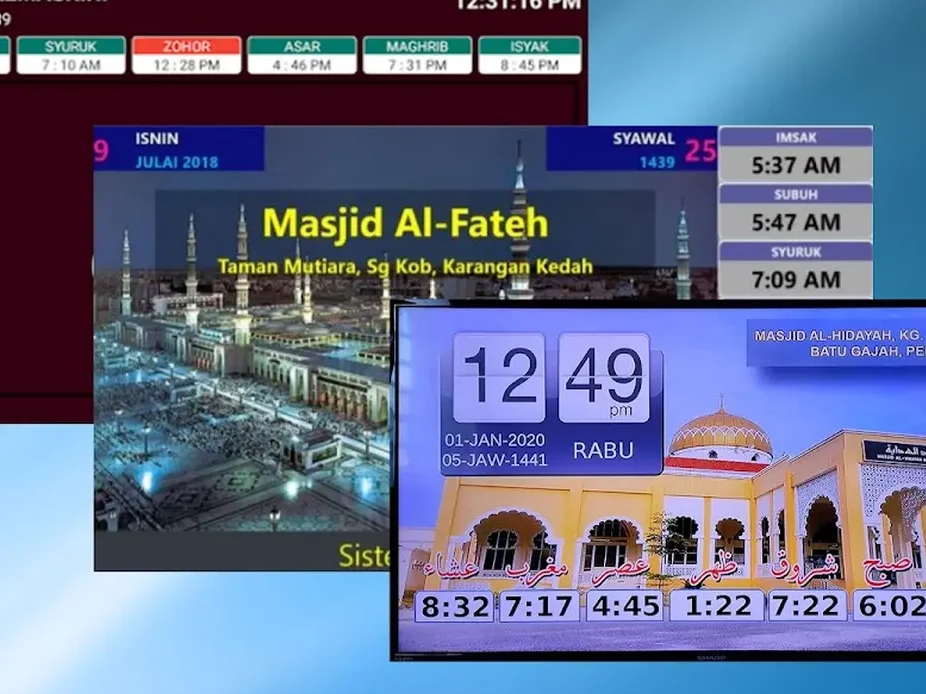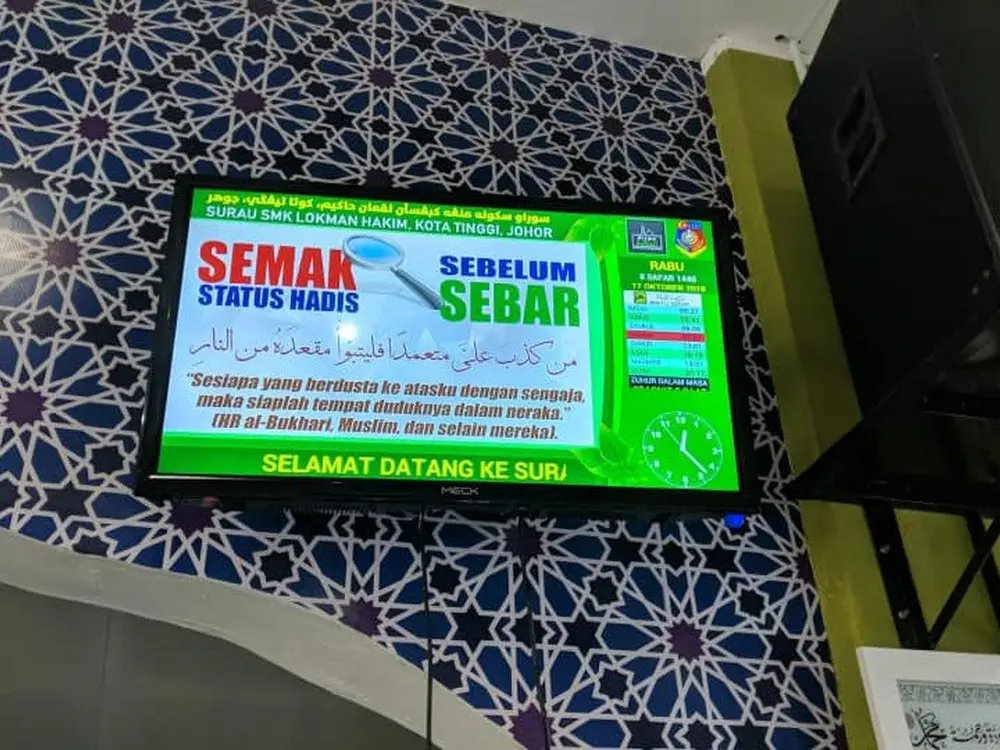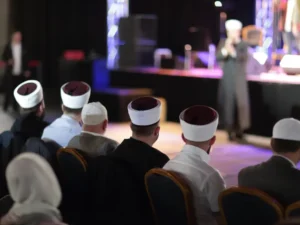In the bustling digital age, where smartphones are our constant companions and streaming platforms dominate our leisure time, the intersection of technology and spirituality is increasingly pronounced. One such phenomenon that has gained significant traction is TV Solat – a novel approach to experiencing religious rituals through the medium of television. In this blog post, we’ll delve into the concept of TV Solat, its impact on society, and the broader implications it holds for the future of faith in the digital era.

Understanding TV Solat
TV Solat, or “Prayer TV,” is a platform that broadcasts religious prayers, sermons, and other spiritual content to viewers in the comfort of their homes. It aims to provide individuals with easy access to religious practices, especially for those who may face barriers in attending physical places of worship due to various constraints such as time, mobility, or location.
The format of TV Solat varies, ranging from live broadcasts of congregational prayers to pre-recorded sermons by renowned scholars. These programs often incorporate interactive elements, such as live Q&A sessions or digital prayer mats displayed on-screen, enhancing viewer engagement and participation.

Impact on Society
The advent of TV Solat has had a profound impact on society, particularly in regions where access to traditional religious institutions is limited. It has democratized religious observance, allowing individuals from diverse backgrounds to connect with their faith conveniently.
Moreover, TV Solat has become a source of solace and guidance for people during challenging times, such as the COVID-19 pandemic, when restrictions on gatherings posed significant challenges to religious communities worldwide. Through televised prayers and sermons, TV Solat offered a sense of continuity and spiritual support, fostering resilience and solidarity among believers.
Furthermore, TV Solat has facilitated the preservation and dissemination of religious knowledge and traditions. By broadcasting sermons and educational programs, it serves as a valuable resource for both practicing individuals and those seeking to learn more about a particular faith.

Challenges and Opportunities
Despite its many benefits, TV Solat also faces challenges. Critics argue that it may lead to a passive form of spirituality, where individuals prioritize convenience over meaningful engagement with their faith. Moreover, there are concerns about the quality and authenticity of religious content aired on such platforms, highlighting the importance of ensuring credibility and integrity in programming.
However, these challenges also present opportunities for innovation and improvement. By leveraging technology, TV Solat can offer personalized experiences tailored to the needs and preferences of individual viewers. Features such as on-demand content, multilingual support, and accessibility options for people with disabilities can enhance inclusivity and reach a wider audience.
Additionally, TV Solat can serve as a platform for interfaith dialogue and understanding, fostering harmony and cooperation among diverse religious communities. By showcasing the common values and teachings shared across different faith traditions, it promotes mutual respect and tolerance, contributing to social cohesion and peace.
The Future of Faith in the Digital Era
As technology continues to advance and reshape our daily lives, the role of TV Solat in shaping the future of faith cannot be overstated. It represents a harmonious integration of tradition and innovation, offering a modern solution to age-old challenges in religious practice.
Looking ahead, TV Solat is poised to evolve further, embracing emerging technologies such as virtual reality and artificial intelligence to create immersive and interactive experiences for believers. Moreover, as global connectivity improves, it has the potential to transcend geographical boundaries, connecting individuals from around the world in collective worship and spiritual growth.
In conclusion, TV Solat embodies the transformative power of technology to enrich and enliven religious experiences in the digital age. By harnessing the reach and accessibility of television, it empowers individuals to nurture their faith in ways that are both meaningful and convenient. As we embrace these advancements, let us remain mindful of the values and principles that unite us in our shared journey of spiritual discovery and fulfillment.




